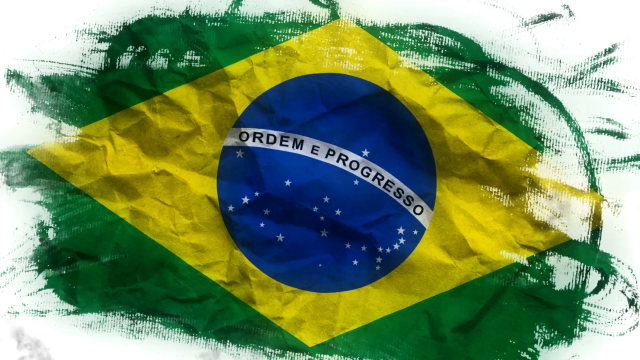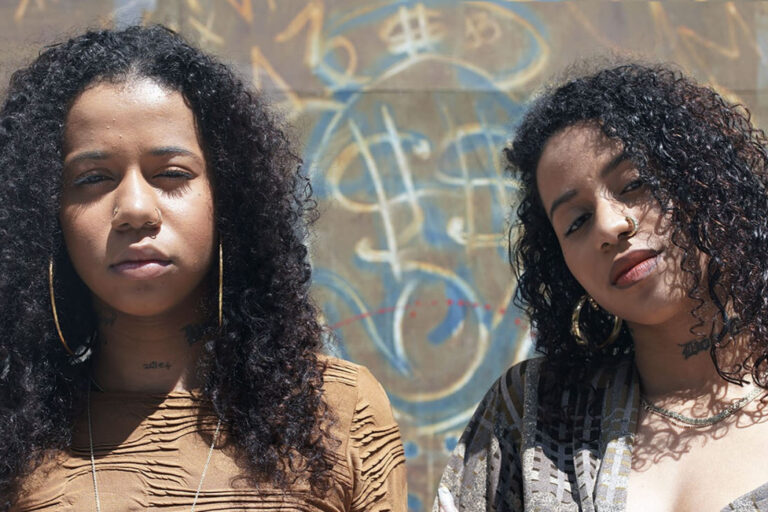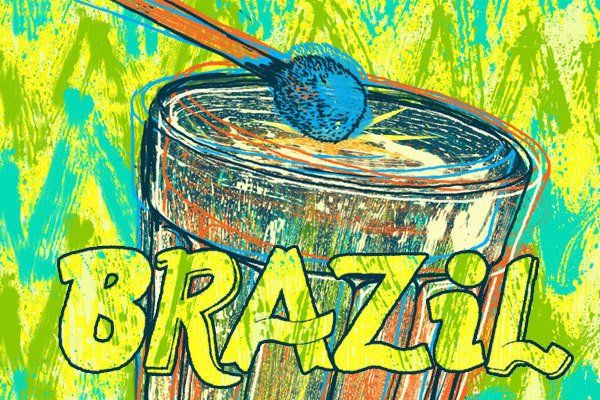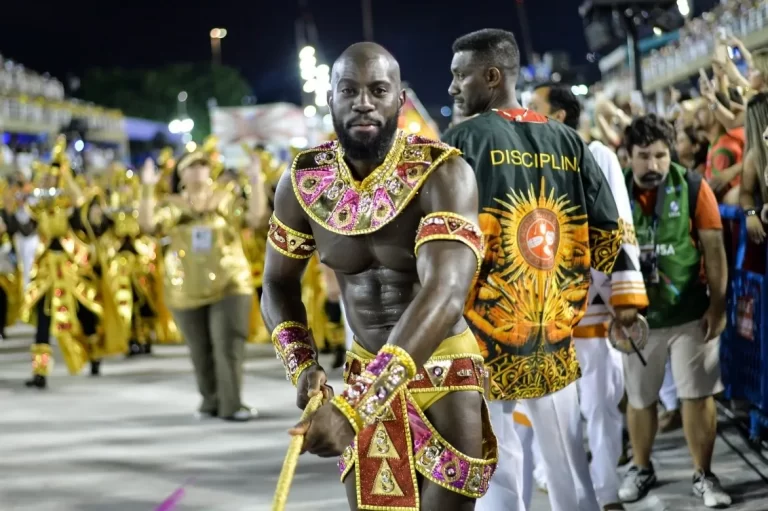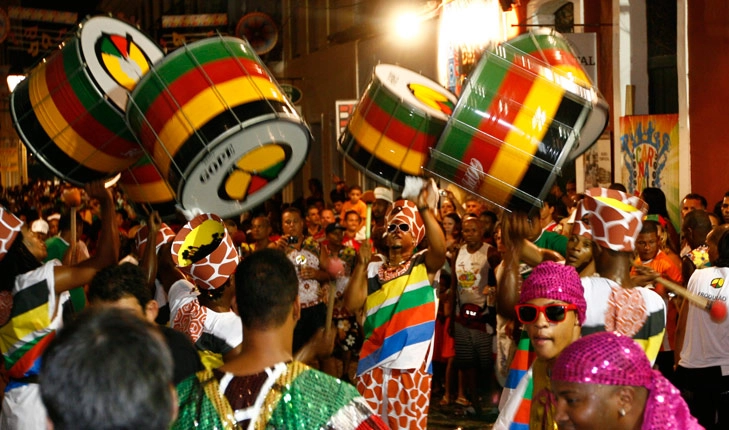
Brazilian music is full of passion, energy, and vibrant rhythms. Its unique sound is shaped by a wide variety of instruments, many of which have deep cultural and historical roots. From traditional indigenous tools to African and European influences, these instruments play a vital role in Brazil’s music, dance, and religious ceremonies.
A Brief History
The earliest instruments in Brazil included flutes, whistles, horns, and rattles, often accompanied by handclapping and foot stomping. Over the centuries, instruments from around the world—especially from Africa and Europe—enriched the Brazilian sound, creating today’s iconic music styles like Samba, Bossa Nova, Capoeira music, and Maracatu.
Popular Brazilian Musical Instruments
1. Berimbau
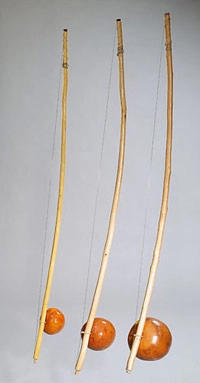
- Origin: African
- Use: Core instrument in Capoeira (Afro-Brazilian martial art)
- Description: A wooden bow (~4–5 ft), steel string, and gourd. Played with a stick (varreta).
- Sound: High, medium, or low, based on wood density and gourd quality.
2. Atabaque
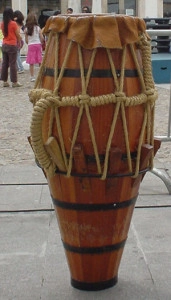
- Type: Afro-Brazilian hand drum
- Variants:
- Rum – deep bass
- Rum-Pi – medium
- Le – high
- Build: Calfskin head, metal rings, rope tuning, and wooden wedges for pitch control.
- Use: Capoeira, Candomblé rituals, and folk music.
3. Cavaquinho
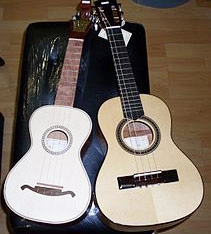
- Type: Small four-stringed guitar
- Looks Like: Ukulele
- Use: Samba and Chorinho
- Sound: Bright and percussive.
4. Cuíca
- Known For: Its “laughing” or “monkey-like” sound
- Mechanism: Friction drum with a stick inside the drumhead
- Use: Samba and Carnival music
- Watch it in action →
5. Pandeiro
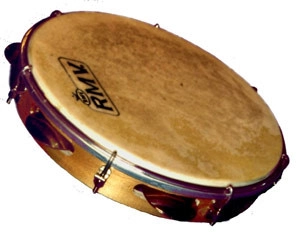
- Type: Hand frame drum with jingles
- Technique: Played with thumb, fingertips, and palm
- Use: Samba, Choro, Coco, and Capoeira
- Versatility: Produces rhythmic and melodic textures.
6. Alfaia

- Type: Large wooden bass drum
- Build: Made of Macaíba wood, animal skin, rope-tuned
- Use: Northeastern rhythms like Maracatu, Ciranda, and Coco-de-roda
- Sound: Deep, powerful resonance.
7. Ganzá
- Type: Shaker
- Materials: Metal, plastic, or woven fiber; filled with beads or pellets
- Use: Samba’s rhythmic foundation
- Origin: African, brought by slaves.
Other Classic Brazilian Instruments
8. Agogô
- Type: Metallic bell instrument
- Structure: Usually two bells connected in a U-shape
- Sound: Cowbell-like or clacking sound (by squeezing bells)
- Use: Samba and Afro-Brazilian music
- History: Oldest Samba instrument.
9. Repinique
- Type: Two-headed tenor drum
- Use: Samba baterias (percussion ensembles)
- Play Style:
- Rio-style: One stick + one hand
- Bahia-style: Two sticks
- Role: Lead/solo drum, adds sharp accents.
10. Shekere
- Origin: West Africa
- Structure: Dried gourd with beaded net
- Sound: Shaken or slapped for rhythmic patterns
- Use: Afro-Brazilian and world music.
11. Tamborim
- Type: Small, round, single-head drum
- Materials: Metal/plastic body, nylon head
- Technique: Played with flexible nylon beater
- Sound: Sharp, high-pitched
- Use: Samba parades and ensembles.
Instruments in Samba Bands
A typical Samba band includes:
- Caixa (snare drum)
- Tamborim
- Agogô
- Surdo (bass drum)
- Ganzá / Chocalho (shakers)
- Cuíca
- Timbal
- Pandeiro
- Repinique
- Apito (whistle) – used by the band leader to direct tempo and transitions
Over time, Samba ensembles have incorporated guitars, keyboards, and electronic instruments to evolve with contemporary styles like reggae, funk, and hip-hop.
Brazilian Music in Pop Culture
A prime example of Brazilian percussion in global pop is Michael Jackson’s “They Don’t Care About Us” video, filmed in Salvador de Bahia with the Olodum band—a powerful showcase of Brazil’s percussive soul and street energy.

